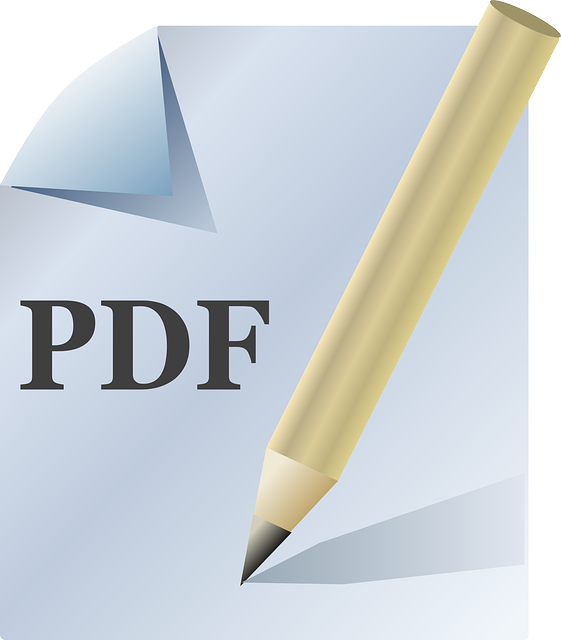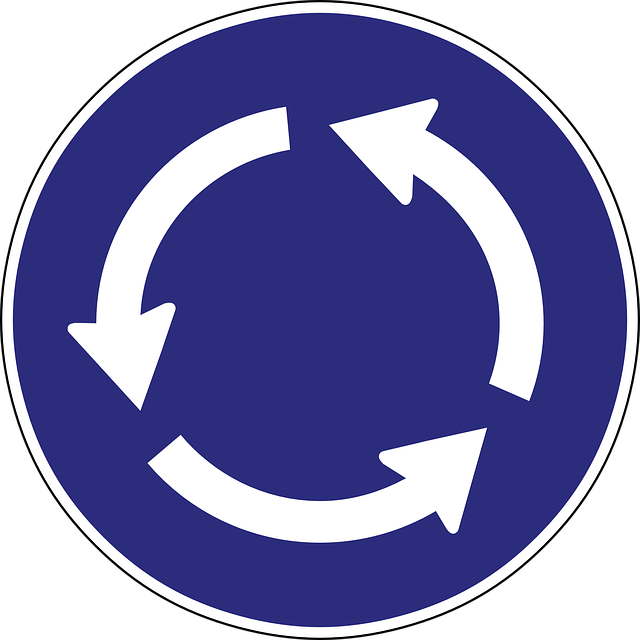In the complex UK regulatory landscape, Translation services for UK Regulatory Compliance Documents are vital for ensuring adherence to laws and standards. Professional translators with legal and industry expertise deliver precise translations, avoiding costly errors, legal issues, and reputational damage. Choosing reputable providers with proven track records, deep terminology knowledge, and rigorous QA processes is crucial. Advanced technologies like TM systems and MT tools streamline the process while maintaining accuracy, making it indispensable for navigating UK regulations effectively.
Ensuring accuracy in regulatory document translations for the UK is paramount for business success and compliance. In a complex regulatory landscape, even minor errors can have significant consequences, impacting operations, legal standing, and reputation. This article delves into the critical aspects of accurate translations for UK regulatory documents, exploring industry best practices, technology’s role, and expert considerations to navigate this intricate process effectively. Discover how translation services specialized in UK regulatory compliance can safeguard your business from potential pitfalls.
- Understanding the Significance of Accurate Translations for UK Regulatory Documents
- The Impact of InaccurateTranslations on Business Operations and Compliance
- Key Considerations When Choosing Translation Services for Regulatory Documentation
- Identifying Reliable and Expert Translators Specialising in Legal and Regulatory Text
- Quality Assurance Processes: Ensuring Consistency and Accuracy Throughout the Translation
- Industry-Specific Language Requirements and Their Influence on Translation
- The Role of Technology in Streamlining Regulatory Document Translation Workflows
- Building a Robust Translation Memory for Continuous Regulatory Compliance
- Case Studies: Examining Successful Translations in Complex UK Regulatory Scenarios
- Future Trends Shaping the Landscape of Translation Services for UK Regulatory Documents
Understanding the Significance of Accurate Translations for UK Regulatory Documents

In the intricate landscape of UK regulatory compliance, precision in documentation is paramount. Accurate translations play a pivotal role in ensuring that rules and guidelines are understood and adhered to across diverse linguistic landscapes. When it comes to regulatory documents, such as legal agreements, safety protocols, or product labeling, even the slightest misinterpretation can lead to severe consequences. Therefore, relying on professional translation services for UK regulatory compliance documents is not just recommended but essential.
These specialized services employ linguists who are well-versed in both the source and target languages, along with subject matter experts, to deliver translations that capture the nuances and context of the original text. This ensures that regulatory requirements are not only conveyed correctly but also conform to the UK’s specific linguistic and cultural norms, thereby facilitating seamless compliance across all sectors.
The Impact of InaccurateTranslations on Business Operations and Compliance

Inaccurate translations in the context of UK regulatory compliance documents can have severe implications for businesses, leading to costly errors and potential legal consequences. When dealing with vital information such as health and safety protocols, financial regulations, or product standards, even minor mistranslations can cause significant confusion and misinterpretation. This may result in non-compliance with UK laws, which could damage a company’s reputation, lead to hefty fines, or even criminal liability.
Moreover, inaccurate translations can disrupt business operations by causing delays in document processing, approval, and implementation. This is especially critical in sectors like pharmaceuticals, where precise communication is essential for patient safety. Translation services tailored for UK regulatory compliance documents must, therefore, be of the highest quality, ensuring that every term and phrase is accurately conveyed to maintain integrity in both legal and operational contexts.
Key Considerations When Choosing Translation Services for Regulatory Documentation

When selecting translation services for UK regulatory compliance documents, several key considerations come into play to ensure accuracy and reliability. First and foremost, it’s vital to choose a provider with a deep understanding of both the source and target languages, as well as the specific terminology used in regulatory documentation. This expertise ensures that technical and legal concepts are accurately conveyed without misinterpretation.
Additionally, experience in handling similar documents is crucial. A reputable translation service should have a proven track record in translating regulatory materials, demonstrating their capability to navigate complex content and adhere to strict standards. Reputation, certifications, and client testimonials can offer valuable insights into a provider’s quality and consistency.
Identifying Reliable and Expert Translators Specialising in Legal and Regulatory Text

When it comes to regulatory document translations for the UK, accuracy is paramount. One of the key steps in achieving this is to identify reliable and expert translators who specialise in legal and regulatory text. Look for professionals with a proven track record in providing high-quality translations that meet the stringent requirements of the UK regulatory landscape.
These experts should possess not only strong language skills but also a deep understanding of the legal and regulatory terminologies specific to the UK. They should be able to navigate complex linguistic nuances and ensure that the translated documents remain compliant with local laws and regulations. Engaging the services of such translators through reputable translation service providers for UK regulatory compliance documents is essential to maintaining accuracy and avoiding potential legal pitfalls.
Quality Assurance Processes: Ensuring Consistency and Accuracy Throughout the Translation

The quality assurance (QA) process is a critical step in translation services for UK regulatory compliance documents, ensuring consistency and accuracy across all languages. It involves rigorous checks at various stages of the translation workflow to maintain the highest standards. Translators are required to follow strict guidelines, including back-translation, where an initial translation is verified by another translator who compares it to the source text. This process helps identify any discrepancies or errors that may have been overlooked during the initial translation.
Additionally, advanced QA tools, such as term bases and machine translation memory, play a pivotal role in maintaining accuracy. These tools store previously translated terms and phrases, ensuring consistency in terminology use across different documents. They also enable translators to access previous translations for reference, streamlining the process and minimizing potential mistakes. By combining human expertise with technological aids, translation services for UK regulatory compliance documents can guarantee precision and reliability.
Industry-Specific Language Requirements and Their Influence on Translation

In the realm of UK regulatory compliance documents, industry-specific language requirements play a pivotal role in ensuring accuracy and precision during translation processes. Different sectors, such as healthcare, finance, or pharmaceuticals, often have unique terminologies and complex terminology that must be seamlessly integrated into translated documents to maintain their integrity and effectiveness. For instance, medical translations require an in-depth understanding of medical jargon and specialized terms to accurately convey patient information, treatment protocols, and research findings.
Translation services for UK regulatory compliance documents must be adept at interpreting these industry-specific nuances. Professional translators with expertise in the relevant fields can provide valuable insights, ensuring that technical accuracy is preserved while adapting content for a new language. This meticulous approach is essential to avoid misinterpretations or legal implications that could impact regulatory compliance. By recognizing and catering to these language requirements, translation services contribute to seamless communication across industries, facilitating global reach and effective regulatory document management.
The Role of Technology in Streamlining Regulatory Document Translation Workflows

In today’s digital era, technology plays a pivotal role in streamlining regulatory document translation workflows for UK compliance. Advanced translation memory (TM) systems and machine translation (MT) tools have revolutionized the way regulatory documents are handled. These technologies enable consistent, accurate, and efficient translations by leveraging previously translated content, thus reducing time and resource constraints.
By integrating translation services with specialized terminology databases and automated quality assurance checks, companies can ensure that UK regulatory compliance documents maintain their integrity and precision. This not only boosts productivity but also minimizes the risk of human error, making it an indispensable asset in navigating the complex landscape of UK regulatory requirements.
Building a Robust Translation Memory for Continuous Regulatory Compliance

Building a robust translation memory (TM) is an indispensable step in ensuring accuracy and consistency across regulatory document translations for the UK market. A TM acts as a database, storing previously translated segments from various documents to be reused in future projects. This approach significantly reduces errors and improves efficiency, especially for highly regulated industries where terminology and legal frameworks remain consistent over time.
For translation services catering to UK regulatory compliance documents, a well-structured TM can capture industry-specific terms, phrases, and even complex technical jargon. As regulatory requirements evolve, this living document adapts, ensuring that translations remain up-to-date and accurate. By leveraging a robust TM, language service providers can offer reliable and cost-effective solutions, enabling businesses to navigate the intricate landscape of UK regulations with confidence.
Case Studies: Examining Successful Translations in Complex UK Regulatory Scenarios

In the realm of UK regulatory compliance, where precision is paramount, case studies offer valuable insights into successful translation services. These real-world examples highlight the complexities and nuances of navigating translations for critical documents. For instance, consider a pharmaceutical company’s experience with translating clinical trial documentation. The challenge lay in accurately conveying technical terminology while adhering to stringent industry standards. Through meticulous research and consultation with domain experts, the translation service provider ensured every term was rendered precisely, maintaining the integrity of the data.
Another compelling case involves financial institutions translating regulatory reports for international clients. Given the sensitive nature of financial information, accuracy was non-negotiable. A reputable translation company employed native speakers with a deep understanding of both legal and financial jargons to deliver flawless translations. This dedicated approach not only met but exceeded expectations, fostering trust among global partners. These case studies underscore the significance of specialized translation services for UK regulatory compliance documents, ensuring clarity, consistency, and adherence to legal requirements.
Future Trends Shaping the Landscape of Translation Services for UK Regulatory Documents

The future of translation services for UK regulatory compliance documents is being shaped by several trends. One prominent trend is the increasing adoption of machine translation (MT) technologies, which offer faster and more cost-effective solutions. However, while MT has its advantages, it also presents challenges in terms of accuracy, especially for highly specialized texts like regulatory documents. Therefore, a growing emphasis is on post-editing and human review to ensure quality and precision.
Another significant trend is the rise of artificial intelligence (AI) and neural machine translation (NMT). These advanced technologies aim to improve MT accuracy by leveraging vast amounts of data and contextual understanding. As AI continues to evolve, it will play a pivotal role in streamlining translation workflows, enabling faster turnaround times without compromising on accuracy. This, in turn, will further enhance the efficiency and effectiveness of regulatory document translations for the UK market.
In the intricate landscape of UK regulatory compliance, accurate translations are paramount. This article has navigated the crucial aspects of ensuring precision in document translations, from understanding the impact of errors to identifying reliable translators and leveraging technology. By adhering to stringent quality assurance processes and embracing industry-specific language requirements, translation services can facilitate seamless navigation through complex regulatory scenarios. As we look ahead, adopting future trends promises to revolutionize how we approach UK regulatory document translations, fostering efficient compliance and upholding the highest standards of accuracy.



